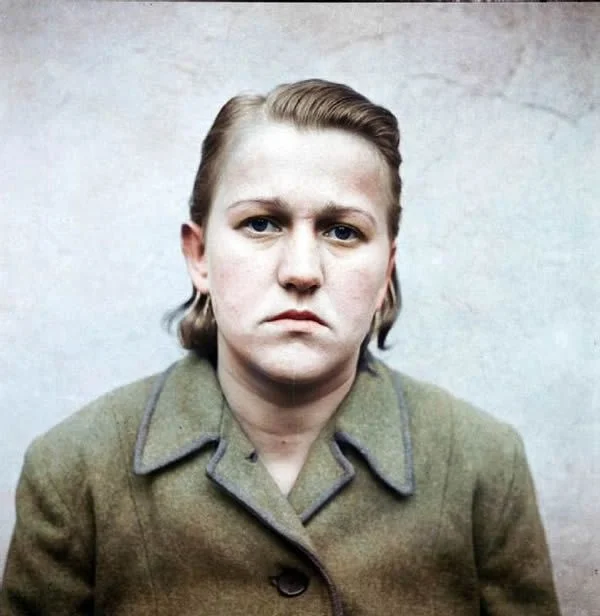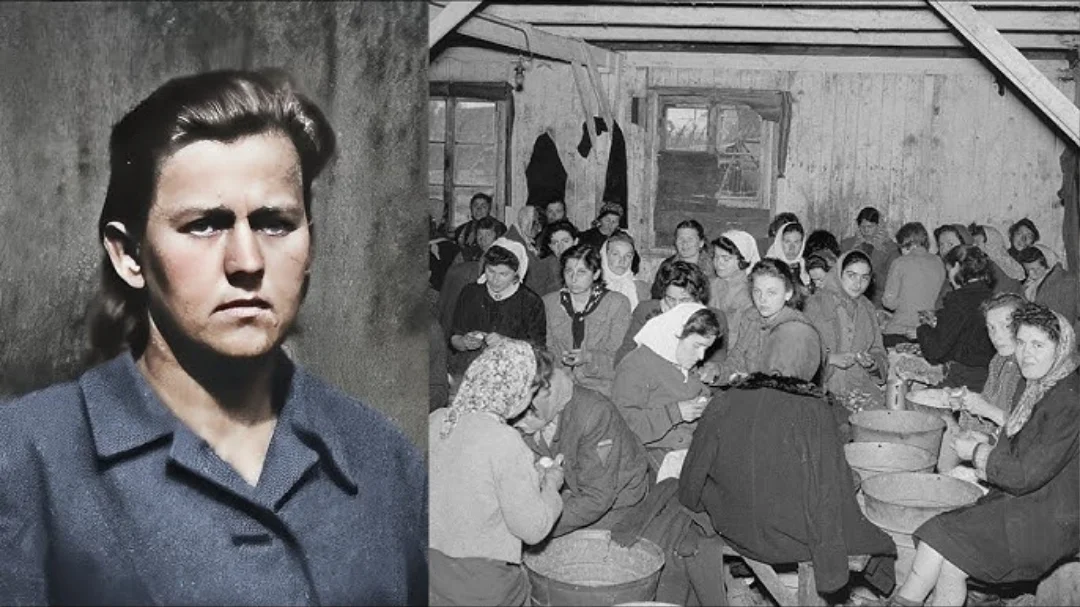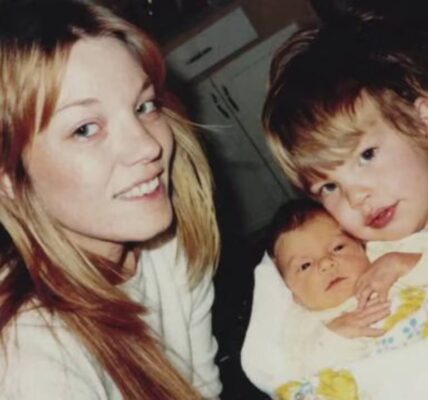FROM CONCENTRATION CAMP BEAST TO DEVOUT MOTHER: The Chilling Double Life of Nazi Guard Hilde Lisiewicz and Her Shockingly Lenient Punishment
The liberation of Bergen-Belsen in April 1945 by British troops unveiled horrors that seared the conscience of the world. Among the perpetrators was a young woman named Hilde Lisiewicz, a camp guard whose post-war life—a quiet existence as a devout Catholic mother—stands in chilling contrast to the sadism she displayed in the camp. Her story is a disturbing case study of how ordinary individuals were complicit in the Nazi genocide and the lifelong struggle for justice and accountability.

1. The Making of a Perpetrator: Indoctrination and Service
Hilde Lisiewicz’s life was shaped by the rise of Nazism. Born in January 1922, she was just 11 years old when Hitler came to power. Like many German youths, she was inducted into the Nazi system, becoming a member of the League of German Girls (Bund Deutscher Mädel). This organization was instrumental in indoctrinating a generation with Nazi ideology, shaping their beliefs and loyalty to the regime.
Her path towards the camps began with national service. After working as a gardener, she completed her compulsory labor service and later worked in a munitions factory in Grünberg, which was a sub-camp of the Gross-Rosen concentration camp. In late 1944, she was conscripted into the SS. This trajectory from a factory worker to an SS guard highlights the Nazi regime’s mobilization of its entire population, including young women, for its war and extermination efforts.
2. Reign of Terror at Bergen-Belsen
In March 1945, Lisiewicz arrived at Bergen-Belsen, where she was assigned as a supervisor in a cookhouse. It was here that witnesses described her transformation into a “deprived vicious sadist.”
Firsthand Accounts of Cruelty: Survivor testimonies paint a clear picture of her actions. Alexandra Siwidowa, a 21-year-old Russian inmate, described how Lisiewicz beat starving prisoners with a rubber truncheon for trying to steal extra food. Another witness, Dora Almaleh, corroborated these accounts of her sadistic behavior. In a place defined by starvation, Lisiewicz weaponized access to food, meting out violence against those in the most desperate circumstances.
3. A Lenient Sentence and a Quiet Life
Following the liberation of Bergen-Belsen, Lisiewicz was arrested and tried at the famous Belsen Trial. Despite the evidence of her brutality, she was sentenced to just one year in prison, released in November 1946. This light sentence reflects the post-war challenges of fully prosecuting the vast number of lower-level functionaries.
She soon married, became Hilde Michnia, moved to Hamburg, and raised three children. She presented herself as a devout Catholic, regularly attending mass—a stark and unsettling reinvention for a convicted war criminal.
4. The Past Resurfaces: A Survivor’s Quest and New Investigations

Her quiet life was shattered decades later, largely due to the efforts of Tomi Reichental, a Bergen-Belsen survivor living in Ireland. After a radio appearance, Reichental was contacted by someone who knew of Michnia’s past. In an extraordinary act of reconciliation, Reichental traveled to Hamburg to meet her, hoping she would repudiate her past. She refused.
This encounter, documented in Reichental’s film ‘Close to Evil,’ brought her back into the public eye. Furthermore, in 2015, German prosecutors began investigating her role in the death march from Grünberg, where 1,400 of 2,000 women died, considering charges of accessory to murder.
Hilde Lisiewicz Michnia’s story is a deeply unsettling chapter in the aftermath of the Holocaust. It forces us to confront uncomfortable truths about the nature of guilt and the failure of justice. Her minimal punishment, her comfortable post-war life, and her absolute lack of remorse—epitomized by her statement that survivor Tomi Reichental “should be ashamed of himself”—challenge the narrative of closure.
She represents the “ordinary” individuals who enabled the machinery of genocide, and her enduring refusal to acknowledge her crimes serves as a powerful reminder that the pursuit of historical justice and moral accountability does not fade with time. Her life is a testament to the fact that evil can wear a familiar face, go to church, and live next door, all while clinging to its own distorted version of the truth.



